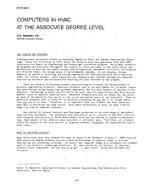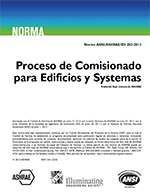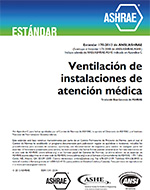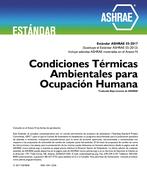Description
A Pennsylvania university offers an Associate Degree in Solar and Thermal Engineering Technology. Since its initiation in 1978, about 150 students have been graduated from this ABET (Accreditation Board for Engineering and Technology) accredited program. While many technology programs are available throughout the country to train personnel in the installation and maintenance of heating, air-conditioning, and refrigerating equipment, relatively few programs are directed toward the design phase of environmental systems. In our program, strong emphasis is placed on selecting and sizing components for HVAC applications and integrating these into system designs. Both liquid and air transport and transfer systems are analyzed. Engineering economics and architectural drafting are also included in the program.
There are several differences between associate-degree students and baccalaureate or graduate engineering students. Associate students tend to be more “hands on” oriented, learning more through doing things than graduate engineers, who are more capable of dealing in the abstract. Technology students usually prefer to learn specific applications and then develop general rules to specific applications. Associate students are only in school for two years, so much of the maturity that occurs in the junior and senior years is not available. Finally, associate students tend to “lock in” to solution procedures as the way to do things rather than one way to do them. Therefore, it is important that the students see that there are many ways of achieving the same result. With these differences in mind, we have tried to shape our view of computer literacy.
One similarity between two-year and four-year graduates is the wide range of employment opportunities available. Our graduates have been placed in all aspects of the HVAC industry: from research laboratories to sheet metal shops, from cost estimating to system troubleshooting. Each aspect of the industry uses computers in different ways. Therefore, our students should be exposed to the wide variety of computer systems, languages, and applications available today.
Citation: Symposium, ASHRAE Transactions, 1987, vol. 93, pt. 2, Nashville, TN
Product Details
- Published:
- 1987
- Number of Pages:
- 7
- File Size:
- 1 file , 810 KB
- Product Code(s):
- D-NT-87-08-3




